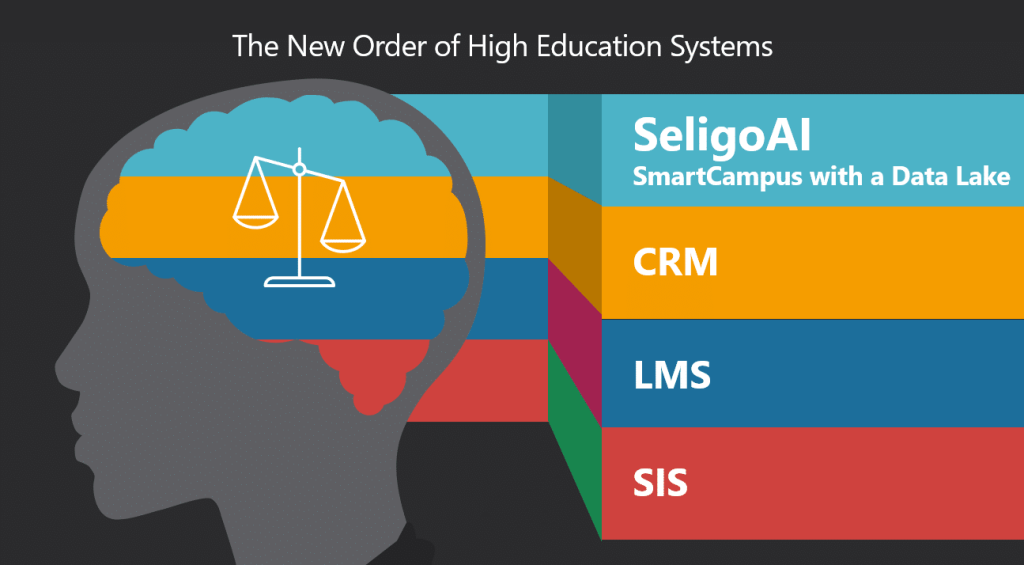Covid-19: Making History in Education
In 2007, I was privileged to sit next to Admiral John Ryan, former Chancellor for the State University of New York. Dr. Ryan waited for everyone to get up from the conference table and glanced at me and personalized these words … ‘Mike, do you know you can do the impossible, however in order to do the impossible you have to know the right timing’.
Coming from a Chancellor who oversaw 64 universities with 80,000 faculty and 425,000 students, this was a profound statement. As I thought about his statement, I could only image how desperately he wanted to influence higher education, and do the impossible. Fortunately, Admiral Ryan was wise enough not to try the impossible during the wrong season of time.
As the years have past, I would often reflected on these words by the former chancellor. Like thousands of others, I have also had many glimmers of hope that the 60 million students engaged in K12 and higher education would eventually see a transformation.
The Day of the Impossible Arrived
During March 2020, the season of change for education arrived through COVID-19. It was now time to test the impossible that John Ryan referenced. By the end of March 2020, 90% of all education was switched to virtually and/or online. The timing was finally right to see the impossible occur. The Chart[i] below illustrates the impossible switch that education accomplished over a four-week period of time.

To put this in perspective, Zoom™ grew their customer base from 20 million to 300 million during a 90-day window of time[i]. To put this in perspective, imagine any other utility such as cable, electricity, or sewer/water handling that kind of customer increase without failing. Zoom, along with thousands of education organizations accomplished this transformation live, with minimal interruptions.
This impossible moment-in-time reminded me of the 15-year old book by Nicholas Carr – ‘Does IT Matter’; http://www.nicholascarr.com/?page_id=23. Carr’s premise was IT should be a utility, and run behind the scenes. May I suggest that the changes during Covid-19 proved that IT in education has become better than a utility. To switch the tracks in this short window of time, while keeping the trains moving with minimal downtime; is doing what John Ryan mentioned … ‘the impossible, in the right season of time’.
The same type of miracle that happened in 1954 when Roger Bannister broke the 4-minute mile — just occurred in education during Covid-19. Since that initial miracle performed by Roger Bannister, over 1,400 other runners have broken the same barrier of running a sub-4 minute mile. The miracle of transitioning curriculum and classes online into the virtual world via cloud services like Zoom™ has allowed educators to think differently; outside of the classroom box. Never before have faculty, administration, staff, and students imagined what can occur in less than 30-days.
At Oral Roberts University, the world-renown Global Learning Center, built in 2017 allowed the transition to a fully virtual environment to happen in less than two 2-days. The Global Learning Center technology had been prepared and ready for a few years — but the impossible could not happen until the timing was right. Covid-19 opened the flood gate for the impossible to occur.
Moving Forward in the Season of the Impossible
This unique moment in the history of education has reminded all vested parties that education is more resilient, more nimble, and more open-minded to ideas to adjust to unforeseen circumstances. Many of these ideas have been waiting for a season of ‘inflicted-change’ caused by Covid-19. During the past few years, Oral Roberts University has delved into many new innovations to address the needs of students, the economy, and society. We can now see these innovations ready to be used on a mass scale, thanks to the new line of thinking created by Covid-19. Below are two of the many innovative ideas that were birthed for a time such as Covid-19.
An AI Lifesize Digital Assistant – With depression and anxiety becoming one of educations greatest distractions among students, ORU has developed an artificial intelligent mirror that can nudge students into the proper direction at any given moment in time. Rather than being distracted by a smart phone, worries, concerns, and anxieties, students can speak into any Alexa based product or the physical mirror and ask how they are doing in school, be prompted to take action on their course work, and have their entire class scheduled echoed back to them. The students can even take the national self-depression test known as PHQ-9.

SeligoAI Smart Campus Platform – It has been 25-35 years since the first education systems known as Student Information Systems (SIS), Learning Management Systems (LMS) and Customer Relationship Management (CRM) platforms have been invented. These same systems operate with the same decades old design with an over-simplified student life cycle. This works great for each individual school or campus, but does not allow student records to be unified and transferable between education entities, let alone the multiple systems on any one campus. SeligoAI is the first system that leverages AI/ML with Amazon enabled services.
This smart-campus environment co-designed at ORU in cooperation with a former college president, Dr Gregory Jordan, changes the entire campus data systems to an intelligent platform run from an Amazon architecture and a data lake. This has been the breakthrough every educational leader has been waiting for.

References:
[1] https://philonedtech.com/us-higher-ed-set-to-go-fully-online-in-just-four-weeks-due-to-covid-19/ [1] https://www.businessofapps.com/data/zoom-statistics/




